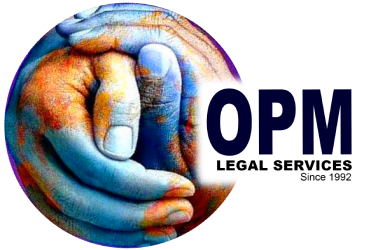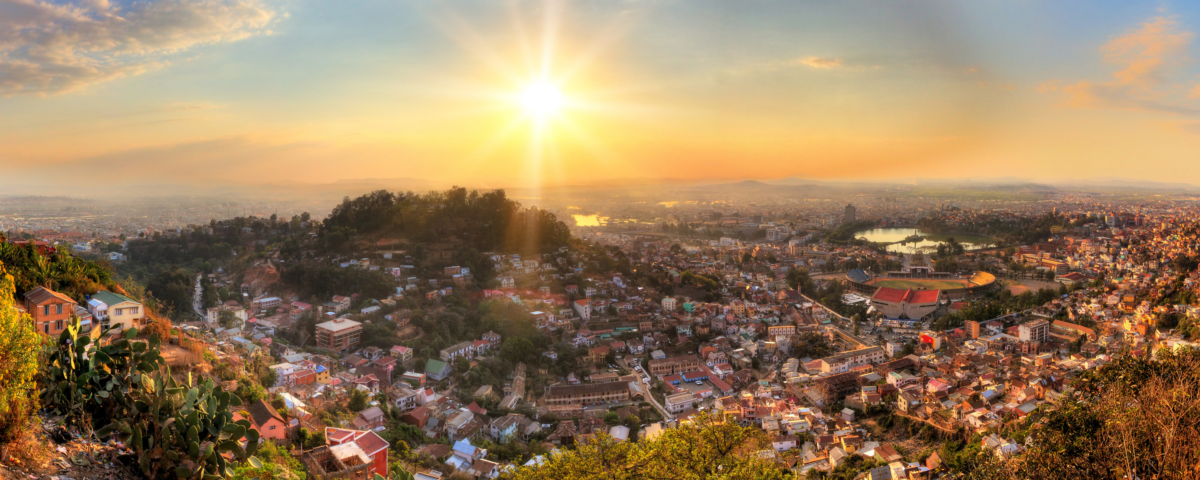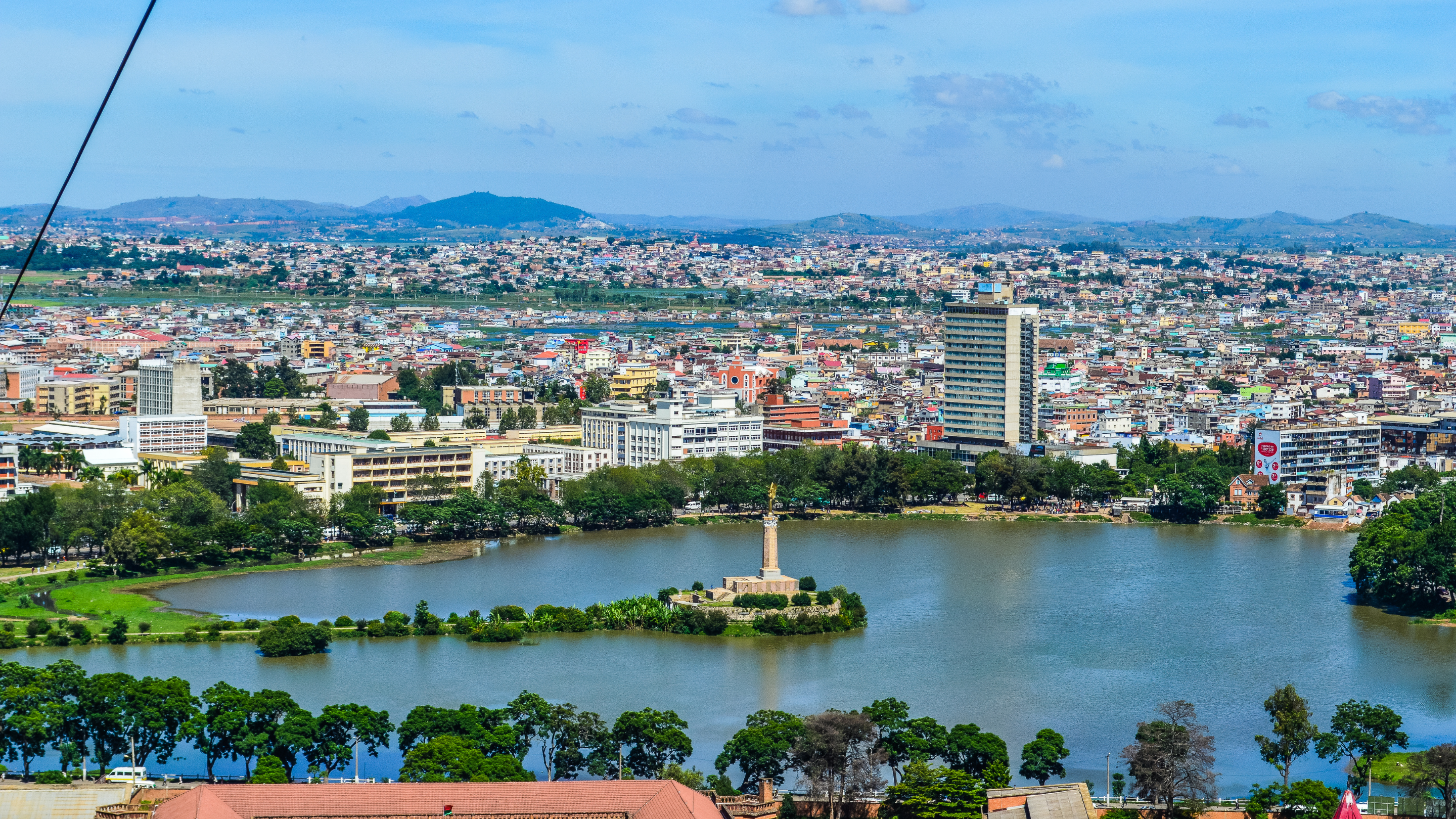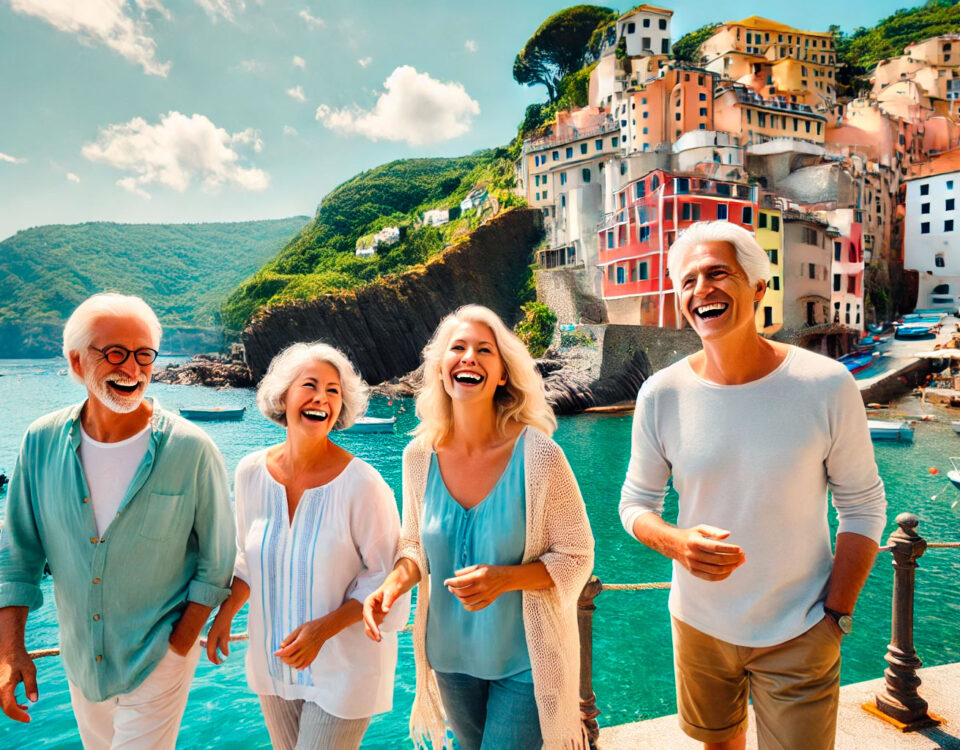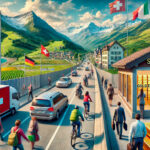
Where Gold and Cash Discreetly Exchange Hands
24/03/2025
Why consider Living and Investing in Madagascar? Because it’s a peaceful island where you can live comfortably on just €500 a month
More and more Europeans are thinking about living and investing in Madagascar. In the hustle and bustle of everyday life, many of us wonder if there are still places where life slows down, problems feel smaller, and everything becomes more pleasant. What if I told you such a place truly exists? An island with breathtaking views, welcoming people, and a cost of living so low that €500 a month is enough to live well—and happily. Yes, I’m talking about Madagascar.
Madagascar is the fourth-largest island in the world, after Greenland, New Guinea, and Borneo. It lies in the Indian Ocean, just off the southeastern coast of Africa, east of Mozambique, from which it is separated by the Mozambique Channel. Its capital, Antananarivo, is known for its incredible biodiversity and untouched natural beauty. Relocating or investing in Madagascar can be a smart and strategic decision.
The island, nestled in crystal-clear waters, attracts not only with its pristine landscapes but also with its vibrant and authentic cities—places that capture the attention of both travelers and investors.
A Diverse Geography with Many Living and Investment Opportunities
Antananarivo—commonly called “Tana”—is the beating heart of the country, home to about 1.4 million people. Built on scenic hills, it’s known for its colonial architecture and bustling markets.
Antsiranana, formerly known as Diego Suarez, is the largest city in the north with around 115,000 residents. It’s famous for its stunning bay—one of the largest in the world—and serves as a gateway to nature parks and untouched beaches.
Toliara (or Tuléar), located on the southwestern coast, has about 113,000 inhabitants and is a major port and commercial hub. It’s a popular stop for tourists visiting the wonders of Isalo National Park and nearby beaches.
Morondava, on the western coast, is smaller (about 37,000 people) but internationally renowned for the iconic Avenue of the Baobabs and the nearby Kirindy Mitea National Park.
Mahajanga, in the northwest with roughly 220,000 residents, is a dynamic port city known for its sandy beaches, lively waterfront, and proximity to Ankarafantsika National Park.
From an economic standpoint, Madagascar faces challenges. In 2022, the average monthly salary was just €22.5 (about 108,250 Ariary), while the legal minimum wage stood at roughly €50. These figures reflect the country’s modest economic reality—but they also mean that foreigners with external income can enjoy an exceptional quality of life at a fraction of European costs.
Five Key Reasons to Live and Invest in Madagascar
-
Ideal Climate: No More Heating Bills or Heavy Coats
The first thing you notice when landing in Antananarivo is that the sharp, damp European cold becomes just a distant memory. Madagascar’s climate is mild and pleasant all year round, so you can say goodbye to astronomical heating bills for good.
Madagascar has a remarkable variety of climates, influenced by the geographic location and the altitude of its different regions. Generally, the coast has a hot tropical climate, while the central highlands enjoy a milder, more temperate climate, and the south has a semi-arid climate.
Antananarivo, located on the central highlands at about 1,400 meters above sea level, has an average annual temperature of about 19°C, with temperatures ranging from 15°C in the coldest month (July) to around 22°C in the hottest month (January).
Antsiranana, also known as Diego Suarez, in the far north of the country, has a strictly tropical climate with an average annual temperature of about 26.3°C.
Mahajanga is one of the hottest cities in Madagascar, with an annual average of around 27.3°C. Toliara, also called Tuléar, on the southwestern coast, has a semi-arid climate with an average annual temperature of about 26.9°C.
Toamasina has a humid tropical climate, with annual average temperatures around 24.7°C. Finally, Morondava, on the west coast, enjoys a tropical savannah climate, with monthly average temperatures ranging from 22°C in the cooler months (June to August) to around 28°C in the hotter months (December to February).
It’s worth remembering that Madagascar has two main seasons: the hot and rainy season from November to April, and a dry and cool season from May to October, with significant local variations depending on altitude and geographic location.
-
Low Cost of Living: Enjoy More for Less
Many people ask: how much does it really cost to live well in Madagascar? In 2023, Madagascar’s per capita GDP was just $460—compared to Italy’s $34,088. That’s a 74-fold difference, which is clearly reflected in all expenses—from food to rent, fuel, and daily services.
Let’s look at a practical example: a decent two- or three-bedroom apartment in the capital, Antananarivo, costs just 150 euros a month (750,000 Ariary). Imagine finding rent that cheap in any Italian suburb.
Even grocery shopping is a breeze: for a childless couple, about 10 euros a day are enough to eat well. Meat and chicken cost about 4 euros per kilo, while fresh fish is even cheaper. Rice, the staple food of the Malagasy people, costs less than one euro per kilo.
Electricity and public water are also very inexpensive: about 10 euro cents per kWh for electricity and even less for water. Gasoline or diesel costs under one euro per liter, and public buses can take you around the city for less than 20 cents a ride.
-
Affordable, Skilled Labor
Here’s the real opportunity for entrepreneurs. Labor costs are extremely low compared to Europe. Need a full-time housekeeper or caregiver? You can hire one for just €50/month service that would cost well over €1,000 in Europe. Need your car fixed or home repairs? No problem. Malagasy workers are skilled and charge a fraction of European rates.
-
Minimal Tax Burden: A Realistic Dream
Another huge benefit is taxation. Madagascar offers an extremely favorable tax regime, especially for retirees and entrepreneurs. In some cases, taxes are close to zero—ideal for enjoying your savings or launching a business without being strangled by bureaucracy.
-
Reliable, Fast Internet
Madagascar boasts one of the fastest and most reliable internet networks in all of Africa—a critical factor for remote workers and international businesses.
Becoming a Resident in Madagascar: Two Simple Options
If you’re seriously considering living or investing in Madagascar, let’s look at how to obtain residency. There are two main options: as a retiree or as an entrepreneur.
Residency as a retiree: simplicity and peace of mind
If you are a retiree and want to spend your golden years here, all you need to do is rely on a specific local assistance service. You’ll need a hospitality certificate, which will be sent directly to your address in Italy via DHL, after paying the initial service fees.
Once you have the hospitality certificate, just go to the Malagasy embassy in your Country with your pension certificate and other personal documents to obtain the transformable visa in your passport. Once you arrive on the island, you’ll be welcomed and assisted step by step in the final residence request. And if you want to explore the country before deciding, no problem: we can easily organize a guided discovery tour.
The total cost for retiree residency in Madagascar is 2,500 euros per person. It’s issued for one year. Renewal is extremely simple and can be done independently.
Residency as an entrepreneur: investing in Madagascar is easy and convenient
The procedure for entrepreneurs is just as simple, though slightly more detailed: first, you’ll receive a hospitality certificate and the draft statute of your future company. After signing and sending it back via DHL, the official registration with the court will take place.
A local accountant will temporarily participate with a small share (2–3%), resigning immediately after the company is officially approved. Once this step is completed, you’ll become the sole owner and administrator of your company.
All administrative procedures, including opening a local bank account, will be handled on-site. Finally, you’ll receive all registered documents by DHL to be presented at the embassy in order to obtain the transformable visa. Again, if you prefer to visit the country beforehand, you can count on our assistance.
The total cost for the company, bank account, and residency is 3,500 euros, plus 1,200 euros for each additional person.
Free schools and affordable healthcare
Those with children will appreciate that public schools in Madagascar are free up to university level, except for private French-language institutions. Healthcare is also generally free or involves very low co-payments compared to Italy, making the country even more attractive for families planning to relocate.
Information and direct contact
Do you still have questions or want to know more? Don’t hesitate to contact Caporaso & Partners law firm. Just send an email to [email protected] or reach out for a personalized consultation via WhatsApp.
So, what are you waiting for? Make a conscious choice and discover a quality of life that in Europe now feels like a distant memory. Madagascar is not just an island—it’s a real chance to change your life for the better.
